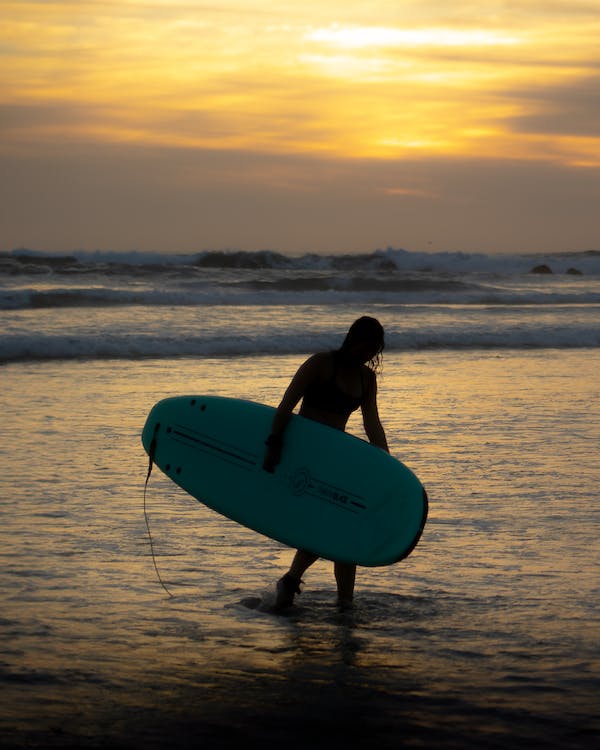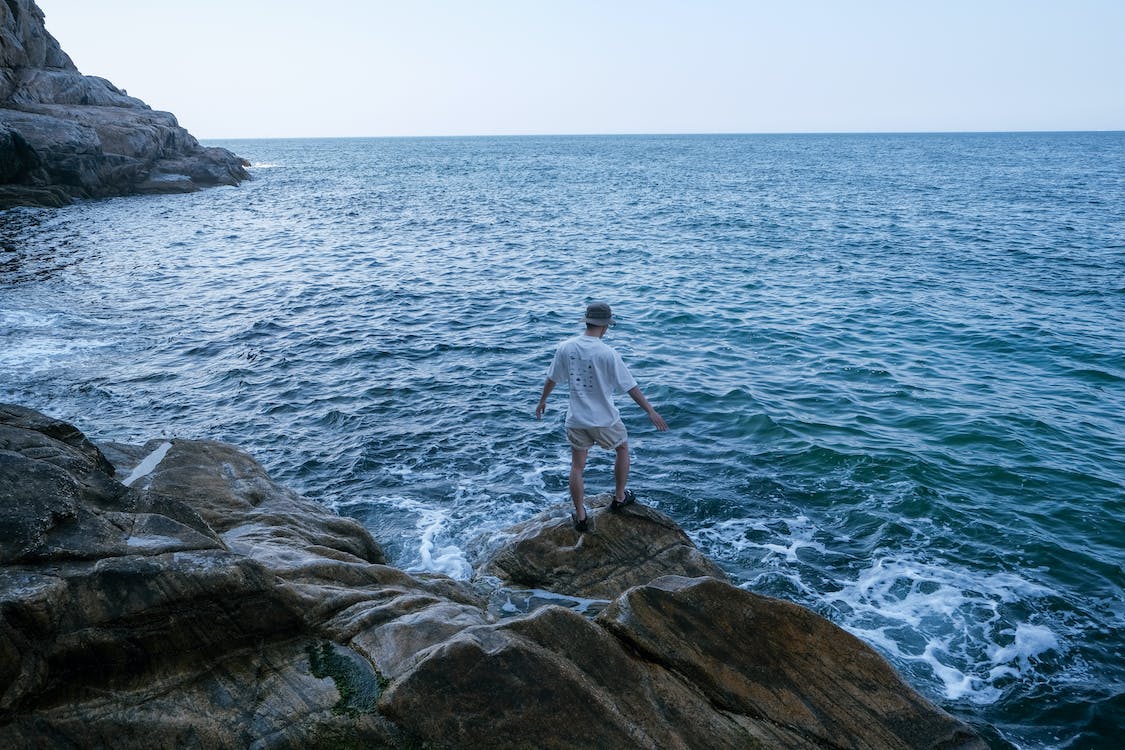Water Whirl: Exploring the Mysteries of Nature
Introduction
Water Whirl is a fascinating element that encompasses a world of wonders. From serene lakes to roaring waterfalls, nature never fails to mesmerize us with its beauty and power. One captivating phenomenon that has intrigued scientists and captured the curiosity of many is the water whirl. In this article, we will delve into the mysteries of water whirls, exploring their formation, characteristics, and the awe-inspiring sights they create.
1. The Basics of Water Whirls
It, also known as water vortices, are swirling masses of water that exhibit rotational motion. These mesmerizing phenomena can occur in various bodies of water, including oceans, lakes, and even bathtubs. Water whirls can take on different forms, ranging from small-scale spirals to large-scale, powerful whirlpools. Understanding the types and formation of water whirls can help us appreciate their beauty and better comprehend the forces behind them.
2. Types of Water Whirls
2.1 Tornadoes over Water
Tornadoes over water, often referred to as waterspouts, are awe-inspiring water whirls that originate from powerful thunderstorms. These rotating columns of air connect with a body of water, giving rise to a vertical vortex. Waterspouts can be categorized as either tornadic or fair-weather, based on the atmospheric conditions that produce them.
2.2 Waterspouts
Waterspouts are similar to tornadoes over water but are generally weaker in intensity. They are typically associated with fair-weather conditions, such as cumulus clouds. Waterspouts can be observed in both marine and coastal regions, presenting captivating spectacles for onlookers.
2.3 Whirlpools and Vortexes
Whirlpools and vortexes are water whirls that occur due to disruptions in the water’s flow. These circular currents can be caused by various factors, such as the interaction of tides, ocean currents, or underwater geography. Whirlpools can range in size from small eddies to massive vortexes that pose a navigational challenge for ships.
3. How Water Whirls Form
3.1 Atmospheric Conditions
The formation of this whirls heavily depends on atmospheric conditions. For tornadoes over water and waterspouts, the interaction between warm, moist air and cooler air creates instability in the atmosphere, leadingto the development of rotating columns of air. These columns then connect with a body of water, resulting in the formation of water whirls.
3.2 Surface Disruptions
Whirlpools and vortexes, on the other hand, are formed by disruptions in the water’s surface flow. Factors such as the shape of the coastline, underwater topography, and the convergence of currents play crucial roles in creating these mesmerizing phenomena. When water encounters obstacles or changes in depth, it can start to rotate and form swirling patterns.
4. The Power of Water Whirls
It possess remarkable power and can have significant impacts on their surroundings. Tornadoes over water and waterspouts, for instance, can cause severe damage if they make landfall. These intense water whirls can generate strong winds, resulting in property destruction and endangering lives.
Whirlpools and vortexes, while less destructive, still exhibit considerable force. Large-scale whirlpools have been known to challenge navigation, creating hazardous conditions for ships and boats. The immense power of water whirls serves as a reminder of nature’s strength and our need to respect and understand these phenomena.

5. Captivating Water Whirl Destinations
Across the globe, there are several captivating destinations where water whirls can be observed in all their glory. From the famous Maelstrom off the coast of Norway to the mesmerizing Saltstraumen in Norway, each location offers a unique experience for those seeking to witness the wonders of water whirls firsthand.
Other notable destinations include the Naruto Whirlpools in Japan, the Corryvreckan Whirlpool in Scotland, and the Old Sow Whirlpool in Canada. These natural marvels attract tourists and enthusiasts alike, providing an opportunity to witness the incredible power and beauty of water whirls.
6. The Science behind Water Whirls
To comprehend the mechanics of this whirls, we must explore the underlying scientific principles. Several key concepts contribute to the formation and behavior of water whirls, including centripetal and centrifugal forces, conservation of angular momentum, and the Coriolis effect.
6.1 Centripetal and Centrifugal Forces
Centripetal force refers to the inward force that keeps an object moving in a circular path. In the context of water whirls, centripetal force acts as the gravitational pull and pressure differences that maintain the swirling motion of the water. At the same time, centrifugal force opposes centripetal force and pushes outward, causing the water to move away from the center of rotation.
6.2 Conservation of Angular Momentum
The conservation of angular momentum is another crucial principle that influences this whirls. Angular momentum is a measure of an object’s tendency to rotate around a particular axis. As water whirls form, the conservation of angular momentum ensures that the rotational speed of the water increases as its radius decreases, creating the characteristic spinning motion.
6.3 Coriolis Effect
The Coriolis effect, caused by the rotation of the Earth, plays a significant role in water whirls. It causes moving objects, including air and water, to be deflected from their straight paths. In the Northern Hemisphere, water whirls rotate counterclockwise, while in the Southern Hemisphere, they rotate clockwise, due to the Coriolis effect.
7. The Impact of Water Whirls on Marine Life
It have both positive and negative impacts on marine life. On one hand, they can enhance nutrient mixing and promote the movement of food sources, benefiting the ecosystem. Whirlpools and vortexes can create nutrient-rich environments, attracting a diverse array of marine organisms.
On the other hand, this can pose challenges and risksto marine life. Powerful whirlpools may trap smaller organisms and disrupt their natural habitat. Additionally, the intense turbulence created by water whirls can affect the behavior and migration patterns of larger marine species.
8. Safety Precautions Around Water Whirls
While these whirls are captivating, it is essential to prioritize safety when encountering these natural phenomena. If you find yourself near a this whirl, whether on land or at sea, consider the following safety precautions:
- Maintain a safe distance: Keep a considerable distance from the water to avoid being caught in its powerful currents or winds.
- Observe from a secure location: Find a safe vantage point to observe the water whirl, such as an elevated area or a designated viewing spot.
- Follow local advisories: Pay attention to any warnings or advisories issued by local authorities regarding this whirls and follow their instructions.
- Be mindful of weather conditions: It is often associated with storms or unstable weather conditions. Stay informed about the weather forecast and avoid venturing into potentially hazardous areas.
- Respect marine life: If you encounter marine life affected by a this whirl, maintain a respectful distance and avoid causing further disruption or harm.
9. Famous Water Whirl Events
Throughout history, there have been several notable water whirl events that have captured the world’s attention. One such event is the famous “Great Maelstrom” off the coast of Norway, described in various literary works and folklore. Another remarkable occurrence is the “Saltstraumen Whirlpool,” known for its immense size and powerful currents.
These events serve as reminders of the awe-inspiring forces of nature and continue to intrigue scientists and storytellers alike.
10. Exploring Water Whirls: Tips for Adventurers
If you’re an adventurous soul seeking to explore water whirls, consider the following tips:
- Research your destination: Before embarking on your journey, thoroughly research the this whirl destinations you plan to visit. Understand the best times to witness the whirls and any safety considerations.
- Join guided tours: Consider joining guided tours led by experienced professionals who can provide insights into the this whirls and ensure your safety.
- Capture the moment: Bring your camera or smartphone to document the mesmerizing beauty of this whirls. Take caution not to compromise your safety in pursuit of the perfect shot.
- Learn from experts: Engage with local scientists, researchers, or enthusiasts who specialize in this whirls. Their knowledge and experiences can deepen your understanding of these natural phenomena.
- Embrace the experience: Allow yourself to be captivated by the power and beauty of this whirls. Immerse yourself in the moment and appreciate the wonders of nature.
11. The Beauty of Water Whirl Photography
It provide photographers with unique opportunities to capture breathtaking images. The swirling patterns, the interplay of light and water, and the surrounding landscapes create compelling compositions. To capture stunning water whirl photographs, consider the following tips:
- Use a fast shutter speed: To freeze the motion of the this, use a fast shutter speed to capture crisp details.
- Experiment with angles: Explore different vantage points and angles to find the most visually striking perspectives.
- Utilize long exposures: Alternatively, use longer exposures to create a sense of motion and capture the dynamic nature of this whirls.
- Incorporate foreground elements: Include elements in the foreground, such as rocks or vegetation, to add depth and context to your photographs.
- Edit mindfully: When post-processing your images, aim for a balance between enhancing the visual impact and maintaining the natural authenticity of the this whirl.
12. The Future of Water Whirl Research
It continue to fascinatescientists and researchers, and ongoing studies are shedding light on their intricacies. Future research aims to deepen our understanding of the formation, behavior, and long-term effects of water whirls. Some areas of focus include:
- Advanced modeling and simulations: Scientists are developing sophisticated models and simulations to better comprehend the complex dynamics of water whirls. These tools will enhance our predictive capabilities and allow for more accurate assessments of their impacts.
- Environmental implications: Research is underway to assess the environmental implications of water whirls, particularly in relation to climate change and oceanic ecosystems. Understanding how these phenomena may be influenced by environmental factors will contribute to our knowledge of the Earth’s changing systems.
- Technological advancements: Advances in technology, such as remote sensing and underwater robotics, enable researchers to explore water whirls in greater detail. These tools facilitate data collection and provide valuable insights into the physical properties and behavior of water whirls.
- Mitigation strategies: With a better understanding of water whirls, scientists are working towards developing strategies to mitigate their potential risks. This includes improved early warning systems, safety protocols, and measures to minimize the impacts on marine life and coastal communities.
By delving deeper into the mysteries of water whirls, researchers strive to unlock their secrets and broaden our knowledge of these captivating natural phenomena.
Also Read – Reduce Cholesterol Levels: Debunking and Destroy Common Myths and Misconceptions in 2023
Conclusion
It is mesmerizing wonders of nature that captivate our imagination and remind us of the immense power and beauty of water. Whether in the form of tornadoes over water, whirlpools, or waterspouts, these swirling masses create awe-inspiring spectacles and play vital roles in shaping our planet’s ecosystems. As we continue to explore and study water whirls, it is crucial to appreciate their significance, respect their power, and ensure the safety of both humans and marine life in their presence.
FAQs (Frequently Asked Questions)
- Are water whirls dangerous? It can be dangerous, especially tornadoes over water and powerful whirlpools. It is important to maintain a safe distance and follow any safety precautions when encountering this.
- Can water whirls occur in smaller bodies of water like ponds or streams? Yes, It can occur in smaller bodies of water, including ponds and streams. However, they may not be as large or powerful as those in larger bodies of water.
- Do water whirls have any ecological benefits? It can have ecological benefits. They can enhance nutrient mixing, promote the movement of food sources, and create nutrient-rich environments that attract a variety of marine organisms.
- Can water whirls be predicted? While scientists have made progress in predicting such as tornadoes over water, accurately predicting their occurrence remains challenging due to the complex nature of atmospheric and hydrodynamic factors involved.
- Where can I witness water whirls? There are several destinations worldwide where you can witness this, such as the Maelstrom in Norway, Saltstraumen in Norway, Naruto Whirlpools in Japan, Corryvreckan Whirlpool in Scotland, and Old Sow Whirlpool in Canada. It is recommended to research specific locations and the best times to visit for optimal viewing experiences.
For More Info – https://crossword.fresherslive.com/water-whirl-crossword-clue-nyt-1051545





